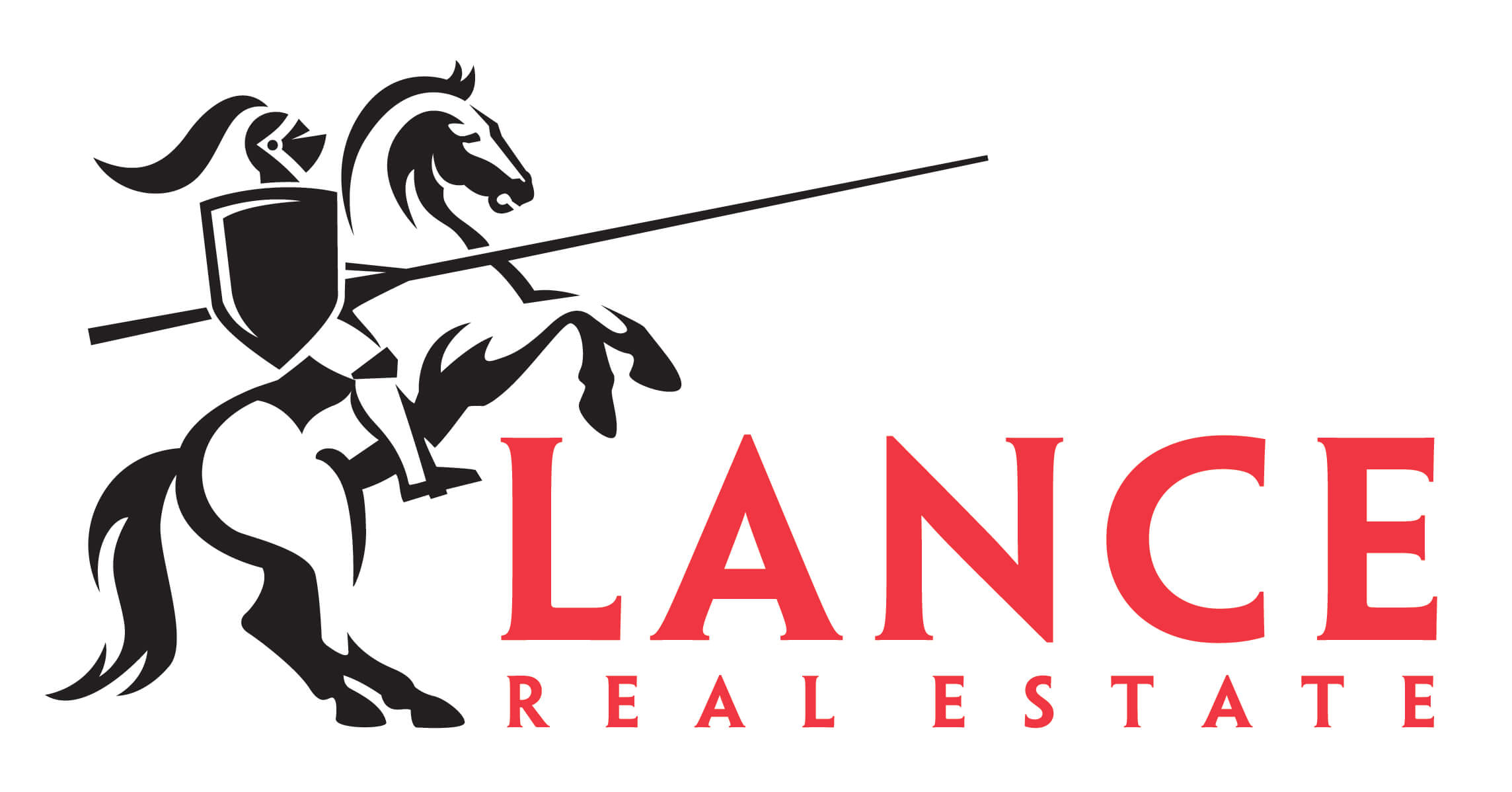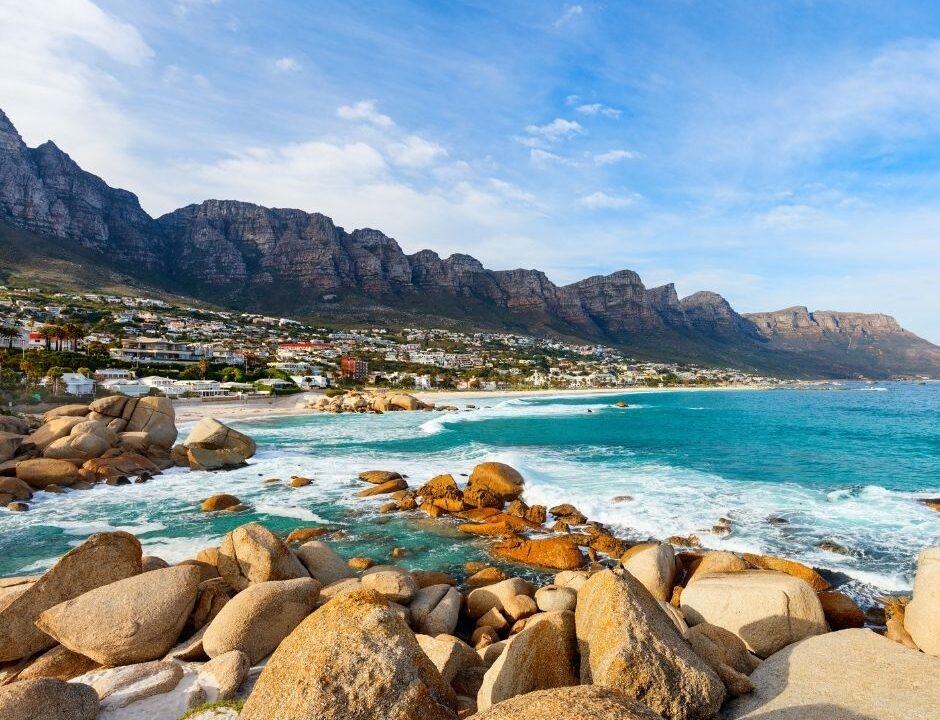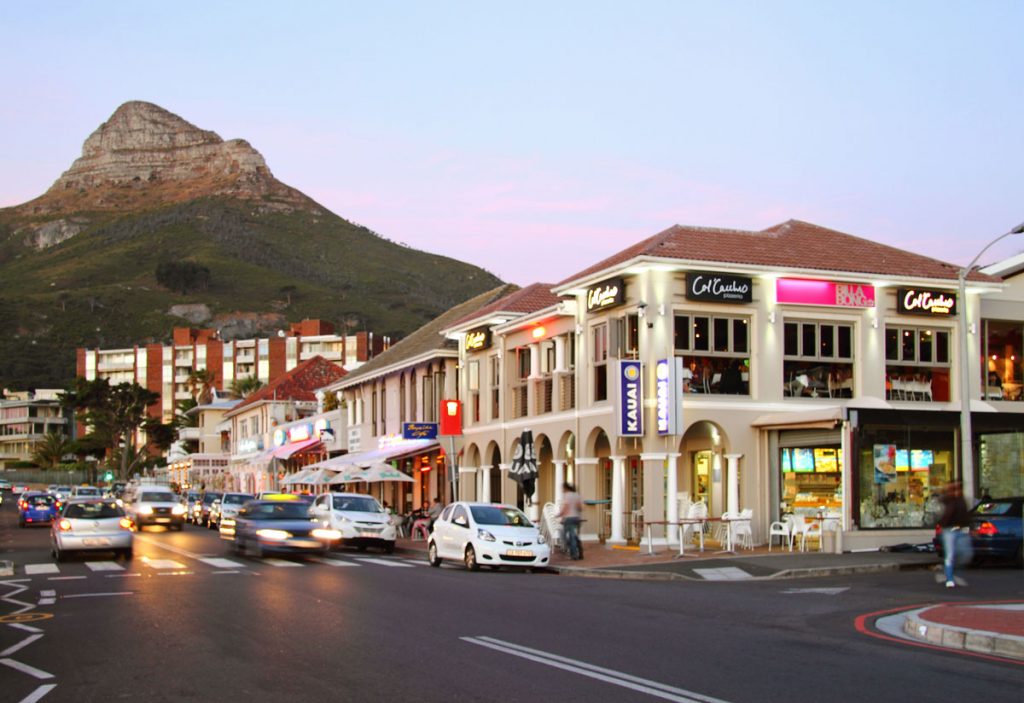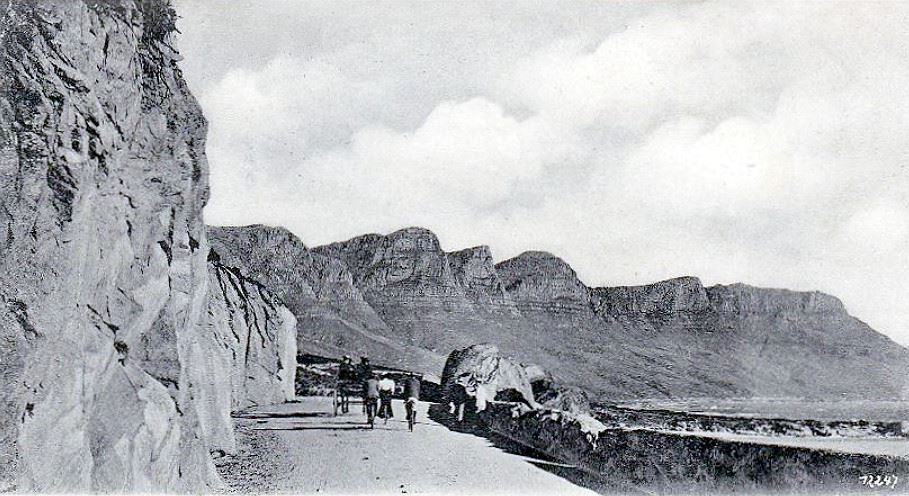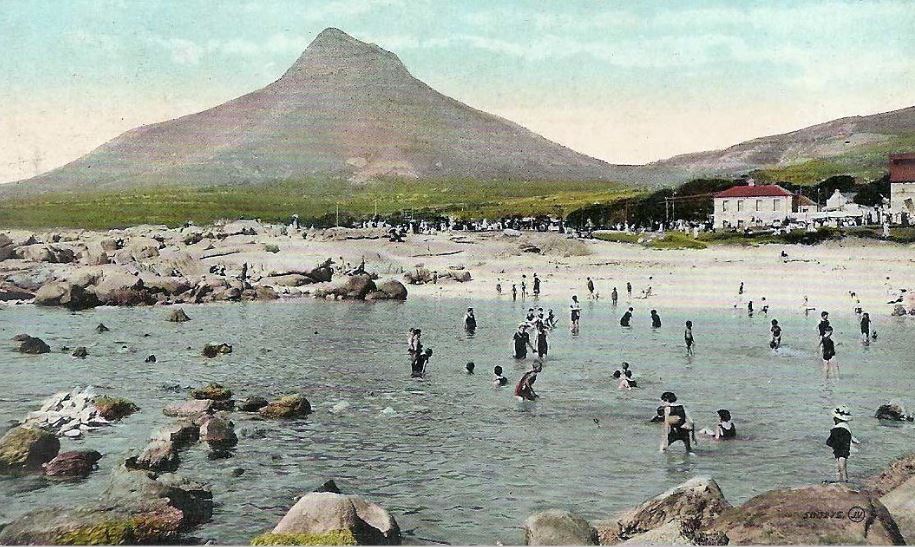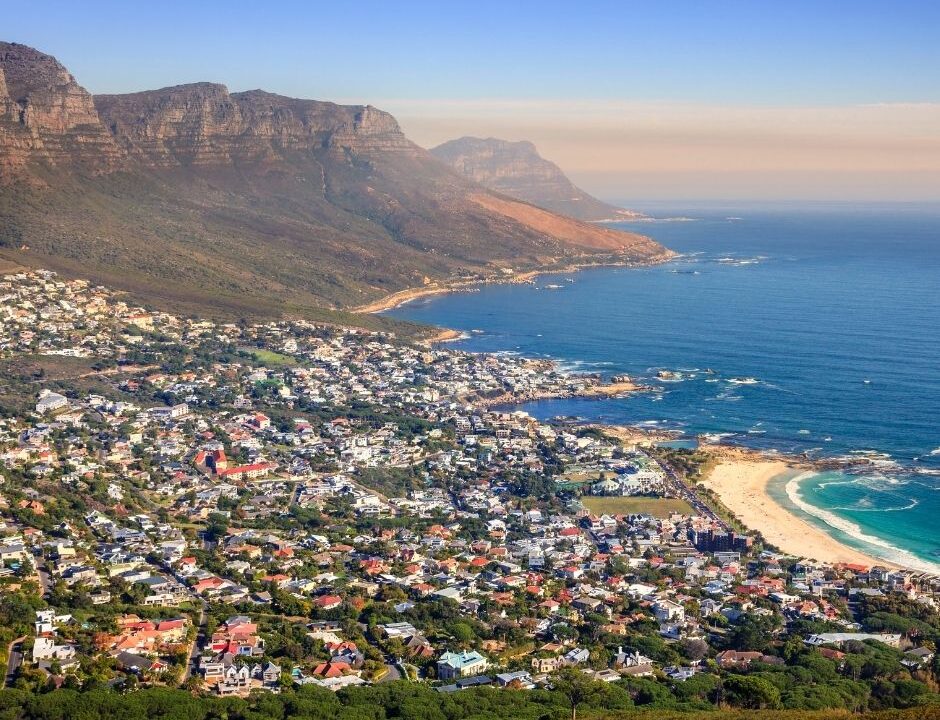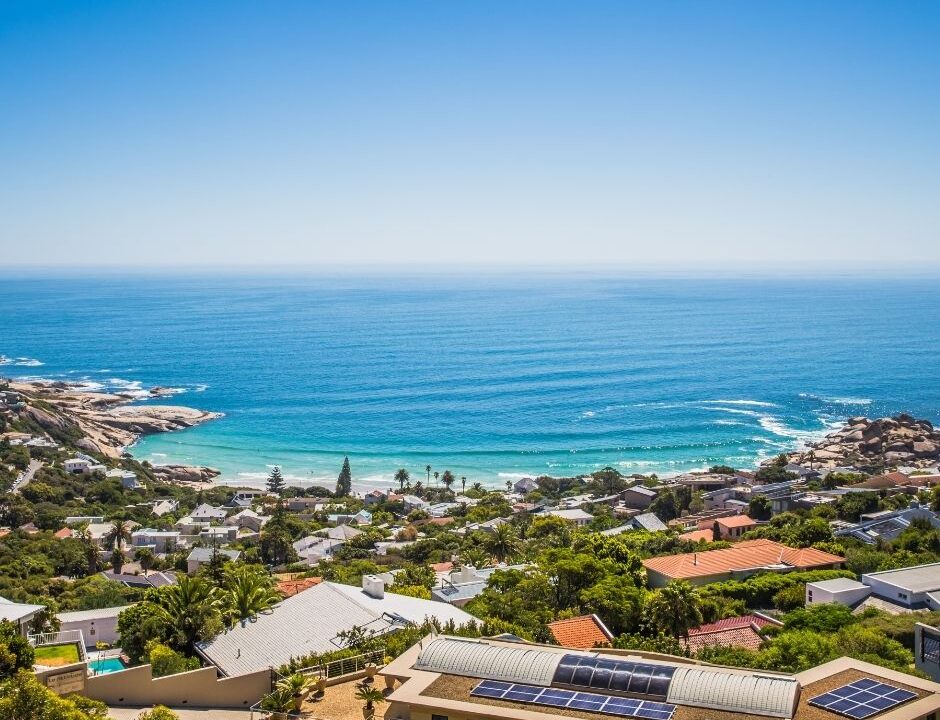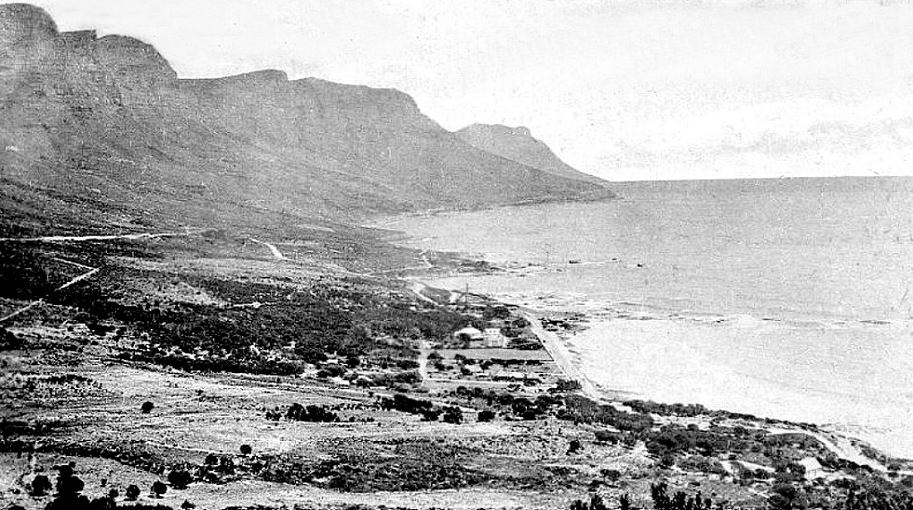Before the sea-facing suburb of Camps Bay became the sparkling gem in the crown of the Atlantic Seaboard and one of the most sought-after addresses in the country, it’s bizarre to think there was a time when nobody wanted to live there. Despite its proximity to some of the best beaches in the land, it was considered too far away; too isolated; too wild. The people unfazed by popular opinion who went ahead and bought property in this ‘backwater’ were soon to realise they had made a very smart move. It was just a matter of time before this unfashionable choice became very, very fashionable indeed as people cottoned on to the joys of a house which not only commanded extraordinary views, but was within walking distance of the beach and a stone’s throw away from the city. These homes, usually situated on large plots with lovely, overgrown gardens of brightly coloured vygies and succulents, were suddenly worth a small fortune.
Over time Camps Bay has transformed itself from a little seaside village with a smattering of houses to a slick, sophisticated suburb and holiday destination with myriad accommodation options. Gorgeous, world-class hotels compete with charming B&Bs, while restaurants, rooftop bars and coffee shops line the palm-tree flanked ‘strip,’ making a visitor spoiled for choice. But – other than the string of beautiful beaches with bright, white sand and turquoise seas – what makes Camps Bay really unique is that just behind the top row of houses is mountain terrain as wild as it was hundreds, if not thousands of years ago. Table Mountain is a staggering 360 million years old, making it eons older than the Himilayas and the Rockies.
The first residents of the area were the San and the Goringhaiqua who lost their grazing lands on the south east slopes of Table Mountain, and were therefore restricted to Camps Bay. When Jan van Riebeek established his refreshment station for members of the Dutch East India Company, the Twelve Apostles were thick with natural forest, and herds of antelope, vaal ribbok and klipspringer were hunted by leopards and mountain lions. The area was granted to John Lodewyk Wernich, and it was passed from father to son. Johan Wernich married Anna Koekemoer who, on being widowed, married a sailor by the name of Fredrick Ernst von Kamptz. The bay became known as ‘Die baai van von Kamptz,’ then Kampsbaai and later the anglicized version, Camps Bay. While Lord Charles Somerset used the area for hunting and the Roundhouse as his lodge, it was still undeveloped for most of the 1800s. Kloof Nek Road was built in 1848, and in 1884 Thomas Bain used convict labour to built a road connecting Sea Point with Camps Bay.
Initially Camps Bay was popular as a picnic site and was considered more recreational than residential. Victoria Road – named after Queen Victoria to commemorate her jubilee – allowed people to cycle to the beach. Due to its growing popularity, the Camps Bay tramway was built in 1901 to bring people to the seaside for the day, and the tidal pool was built along with the Rotunda and a pavilion for concerts. In his book Grow Lovely, Growing Old, historian Lawrence Green writes about the area when wildlife was still plentiful on the plains. An article in the Cape Argus in April 1857 describes a hunt above Camps Bay. A farmer woke up in the night to find his cattle gathered in fear around the house. He discovered that a bull had been driven over a precipice, and found three calves lying dead. His bull mastiff intercepted a leopard and was killed in the process. While the last Table Mountain leopard appears to have been shot in 1914, smaller members of the cat family – serval cats, wild cats and genets – still roam in the ravines.
There are not many places in the world where a short drive from the city takes you into the heart of the nature, but the mountains above Camps Bay offer some beautiful hikes. Now, in springtime, the days are sunny and mild, wild flowers are bright and abundant and the sea is blown crystal-clear by the visiting ‘Cape Doctor.’ It’s a lovely place to visit and lovelier, still, to live.
Lance Real Estate is based in Fresnaye, Cape Town and covers the Atlantic Seaboard from the Waterfront to Camps Bay. With over 23 years’ experience in the most sought-after residential areas in Africa, Lance Real Estate has sold over R 1 billion worth of properties in the last 3 years.
It is this hands-on knowledge that sets Lance Real Estate apart from our competition. We have built an extensive database of buyers and sellers over the last 2 decades who have grown to trust our market knowledge and depend on us to negotiate the best possible deal in any property negotiation.
We are now extending our reach and taking on houses and apartments for sale from the Waterfront through to Camps Bay.
If you are looking for a remarkable agency to buy, rent or sell your property on the Atlantic Seaboard, our friendly customer care team is a phone call away.
We also have a range of holiday rentals to offer. If you appreciate beautiful African sunsets over the sea and sublime mountain views, then visit our holiday rentals section on our website.
Credits:
https://www.facebook.com/2oceansvibe-Radio-146510788714952
